
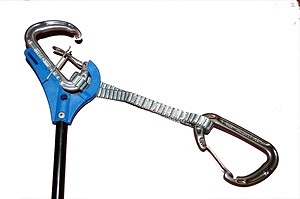
Beta Stick Technical
What's one of those then?
For those that don't know (where have you been?) a clip stick is used to clip quickdraws ahead of you on a bolted routes. There are lots of reasons to do this - for most of us that means clipping the first one or two bolts to avoid a painful groundfall if we should fluff the start of a sport route. For serious sport climbers they are a great way to equip the full length of harder sports routes prior to working the moves. Lastly they can be used on big walls to help avoid hard sections of aid climbing and as an aid to retreating past traverses and roofs. This obviously isn't so useful in the UK but is increasingly common in places like Yosemite which is a popular destination for UK climbers keen to try big walling.
I was brought around to the idea of using clipsticks a couple of years ago on a trip to the Frankenjura. By giving up my trad-climbing mentality and playing by sport climbing rules it suddenly became much easier, less scary and more fun.
Features: Very Big and Very Small
BetaSticks have been around a while now with a standard telescopic pole and are probably the best-known purpose-built clip stick. They grip most krabs well and, crucially, unclip cleanly so you're not left with a pole dangling from your quickdraw to get in the way as you climb past. The BetaStick Technical uses the same head but has an avalanche-probe style lightweight wired aluminium pole in place of the usual telescopic one. It extends to 3m (10feet) but folded in it's bag it measures only 47cm (18.5in) so it should easily fit into even a small rucksack. The combination of a decent extended length with very small packsize should be a godsend for anyone who wants a clipstick they can carry, either on a flight to Europe or a big route. One of the big problems with conventional stick clips was always getting them in your luggage for flights. Carrying a three or four foot pole up a long route is probably not something most sane people even considered.
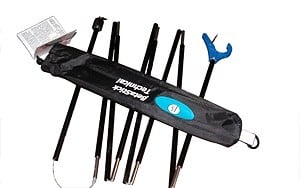
How well does it work?
In use, the Technical is pretty similar to a standard BetaStick. You pull it out of it's bag, slot the sections together, pull the wire taught and clip in the locking plate thingy. Stood on the ground it is more of a faff to extend than a standard pole but when hanging in the air it is probably easier – you just drop most of the pole sections and wiggle them into place.
The first potential downside is that it can't be used at partial extension. That will probably put off some sport climbers who will expect it to be unwieldy for use up in the air. In cramped positions it probably will be but I can honestly say I never found it a problem. The second downside is that at £60 it is rather more expensive than a conventional BetaStick. Not cheap but you do get a purpose-designed pole with no moving parts to fail so it should stand up to a fair bit of abuse.
That big wall shenanigans.
The technical was originally conceived as an emergency aid for big walls and that is where it really comes into it's own. I persuaded Beta Climbing Designs to let me take their prototype version to Yosemite. The plan was that it would be for emergencies but we found ourselves using it quite a bit. On several occasions we somehow managed not to bring a crucial bit of gear – whipping out the 'cheat stick' and clipping a distant peg or bolt was an infinitely better option than to have to back off the climb after a day and a half or so going up. I also found myself wanting it on occasions when we had left it behind to save weight. On half-dome the half-hour I spent gibbering as I eyed up the big gap in a bolt ladder on the final slabs could have been cut down to five minutes with the stick.
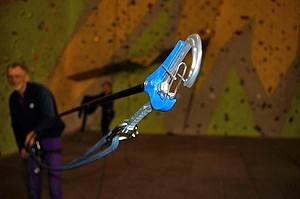
It is small enough to sit in a rucksack or haulbag (actually it is small enough to hang on a harness) until it's needed and although using it too much would be considered cheating by some ardent aid climbers it is a real comfort to have in reserve.
"On half-dome the half-hour I spent gibbering as I eyed up the big gap in a bolt ladder on the final slabs could have been cut down to five minutes with the stick..."
In conclusion.
Something to consider for climbers making short haul flights to go sport climbing and so useful for anyone going big walling that you'd almost have to be mad not to take one.
Price: £60
Length: 3 metres


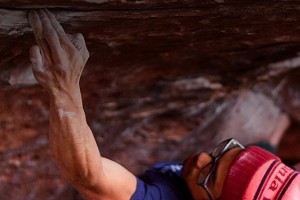
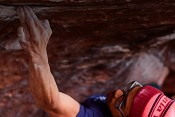


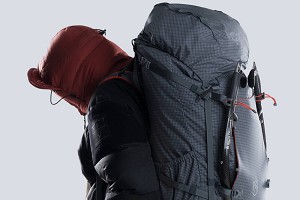

Comments